Motion: Explained and Examined
Motion is a fundamental concept in physics that describes the change in position of an object over time. Understanding motion involves studying the concepts of distance, displacement, speed, velocity, and acceleration.
Distance and Displacement
Distance is the total length of the path traveled by an object, while displacement is the straight-line distance and direction from the starting point to the ending point. Displacement can be zero if the object returns to its initial position.
Speed and Velocity
Speed is the rate at which an object covers distance, while velocity is the rate at which an object changes its displacement. Velocity includes both speed and direction, and it is a vector quantity. Speed, on the other hand, is a scalar quantity and does not account for direction.
Acceleration
Acceleration is the rate at which the velocity of an object changes over time. It can be in the form of an increase or decrease in speed, a change in direction, or both. Acceleration is also a vector quantity and can be calculated using the formula: a = (v - u) / t, where a is acceleration, v is final velocity, u is initial velocity, and t is time taken.
Study Guide
To master the topic of motion, it is essential to understand the following key concepts:
- Distance and displacement
- Speed and velocity
- Acceleration and its calculation
- Graphical representation of motion (distance-time and velocity-time graphs)
- Uniform motion and non-uniform motion
- Relative motion
It is also important to practice solving numerical problems related to motion, as well as interpreting motion graphs and understanding the relationship between distance, displacement, speed, velocity, and acceleration.
Remember to pay attention to units of measurement, as they play a crucial role in calculations related to motion.
.◂Earth Science Worksheets and Study Guides High School. Weather II
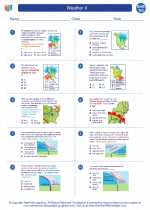
 Worksheet/Answer key
Worksheet/Answer key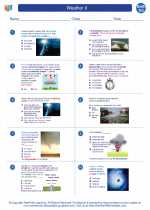
 Worksheet/Answer key
Worksheet/Answer key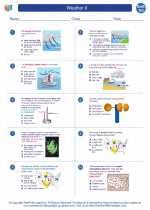
 Vocabulary/Answer key
Vocabulary/Answer key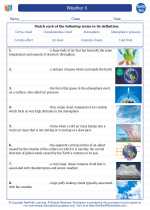
 Vocabulary/Answer key
Vocabulary/Answer key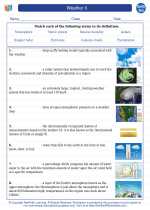
 Vocabulary/Answer key
Vocabulary/Answer key
